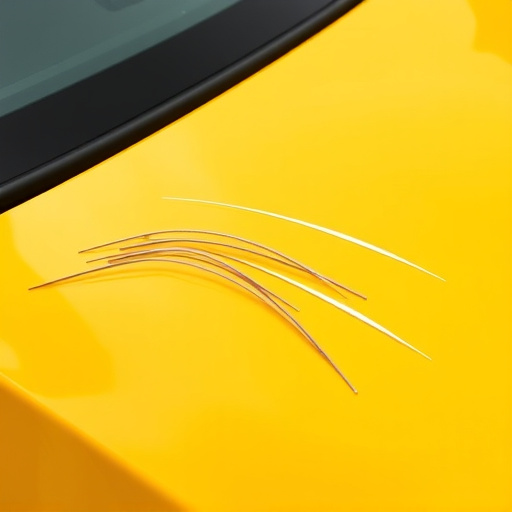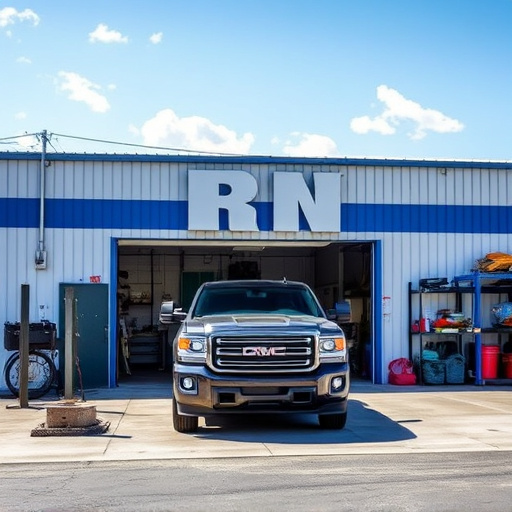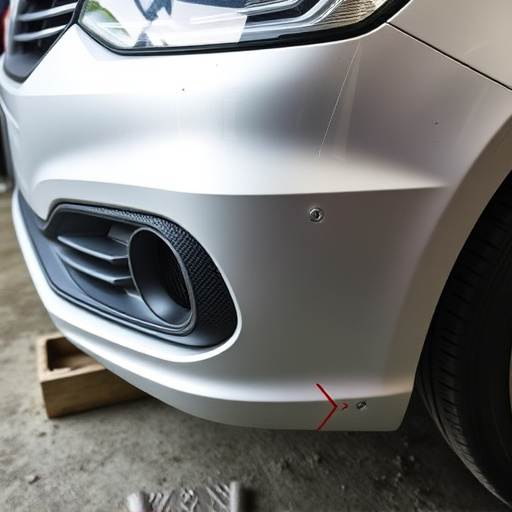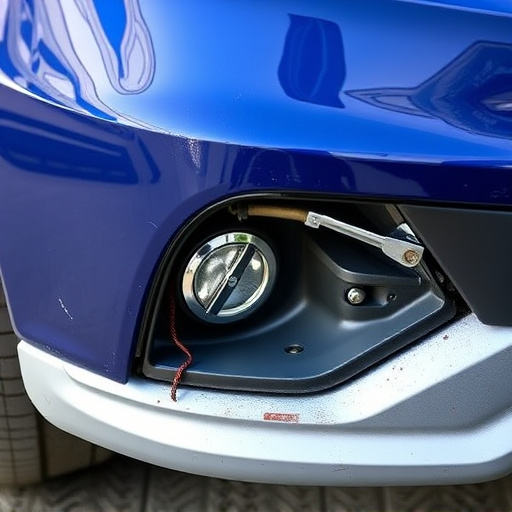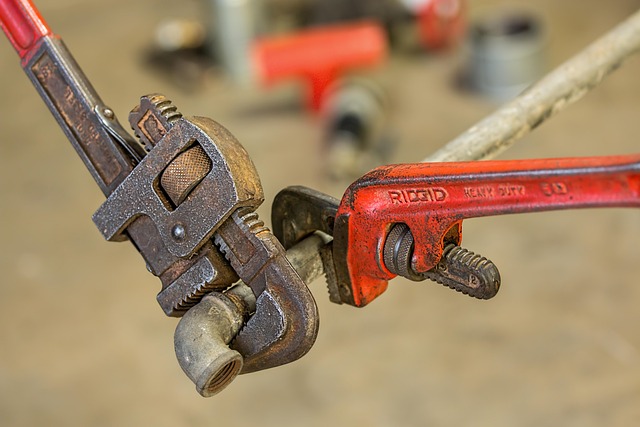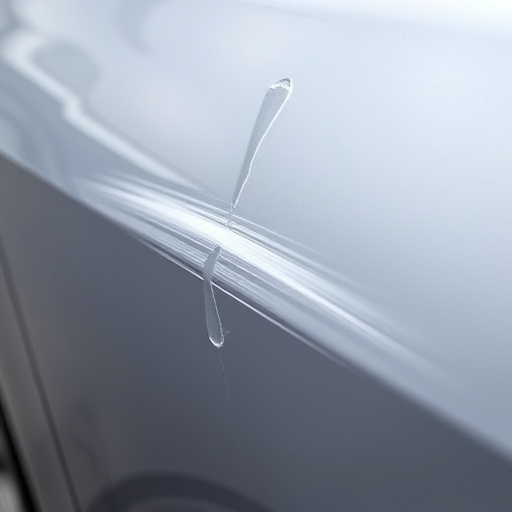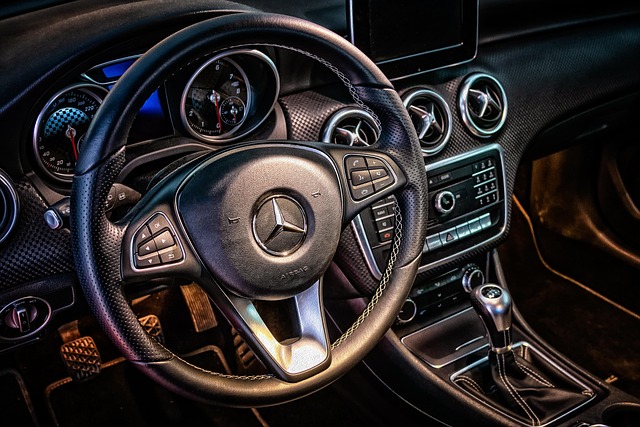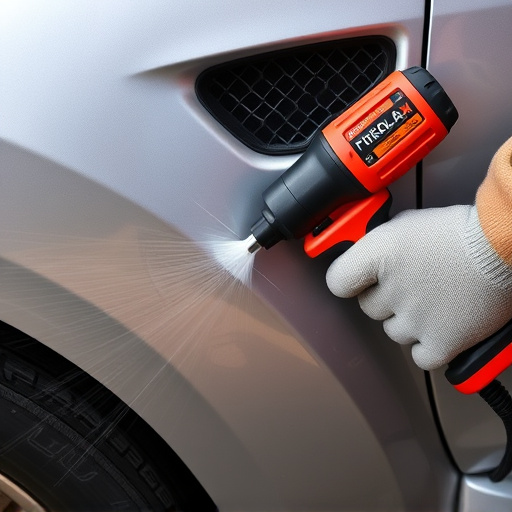Windshield chip repair technology has evolved, offering a swift, cost-effective alternative to full windshield replacements. This process involves assessing damage, applying specialized resin to fill chips or cracks, and matching repairs with original glass for invisible fixes. Carried out at auto detailing facilities, it provides quicker turnarounds than collision centers. With advancements in auto painting, repaired areas blend seamlessly, ensuring optimal driver visibility. Professional services are recommended due to the delicate balance required between skilled technicians, high-quality materials, industry standards, and vehicle integrity. DIY repairs may cause more harm than good due to lack of training and equipment, improper techniques, poor preparation, and mismatches with original paint.
A cracked or chipped windshield isn’t just an inconvenience; it’s a safety hazard. Learn how effective windshield chip repair can transform your damaged glass into a safe, clear view. This comprehensive guide dives into the technology behind windshield chip repair, explores key factors for successful outcomes, and highlights common mistakes to avoid. Discover the secrets to ensuring your windshield is as good as new with these essential insights on windshield chip repair.
- Understanding Windshield Chip Repair Technology
- The Key Factors in Effective Windshield Chip Repair
- Common Mistakes to Avoid During Windshield Chip Repair
Understanding Windshield Chip Repair Technology

Windshield chip repair technology has evolved significantly over the years, offering a more efficient and cost-effective solution compared to traditional windshield replacement. This modern approach involves using specialized tools and materials to fill and restore damaged areas on a car’s windshield, rather than entirely swapping out the glass. The process begins with an assessment to determine the extent of the chip or crack, followed by precise application of a clear, durable resin that matches the original windshield material.
This innovative technology not only saves time and money but also preserves the structural integrity of the windshield. Unlike auto collision centers where a complete replacement may be necessary, chip repair techniques are often performed in-house at auto detailing facilities, providing convenience and quicker turnaround times. Moreover, with advancements in auto painting and clear coat technologies, the repaired area blends seamlessly with the rest of the windshield, ensuring optimal visibility for drivers.
The Key Factors in Effective Windshield Chip Repair
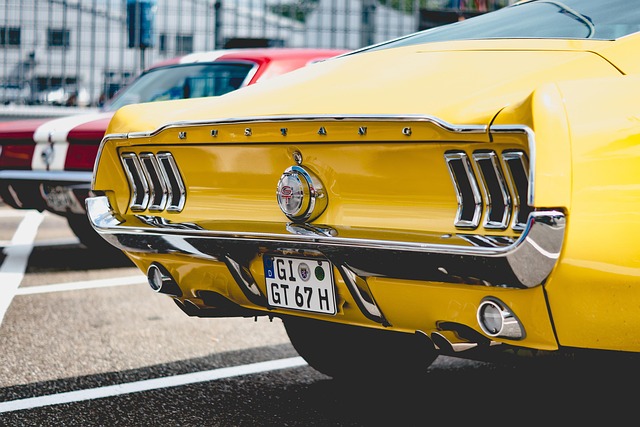
When it comes to windshield chip repair, several key factors determine its effectiveness. Firstly, the skill and experience of the technicians involved play a pivotal role in ensuring precise repairs that match the original vehicle specifications. They must possess the expertise to assess the damage, choose the right repair methods, and execute them flawlessly. This often involves using advanced equipment and technologies designed specifically for windshield chip repair.
Secondly, the quality of materials used is critical. Original Equipment Manufacturer (OEM) parts are generally preferred as they maintain the vehicle’s original integrity and appearance. Moreover, the adhesive and resins utilized in the repair process must be top-notch to guarantee long-lasting results. Properly executed windshield chip repairs not only restore the clarity of your vehicle’s front glass but also enhance safety by preventing further damage or cracks from spreading. Effective repairs are thus a seamless blend of technical proficiency, high-quality materials, and adherence to industry standards—all underpinned by reputable body shop services.
Common Mistakes to Avoid During Windshield Chip Repair

When it comes to windshield chip repair, many common mistakes can compromise the effectiveness and safety of the fix. One of the biggest blunders is attempting DIY repairs without proper training or equipment. Windshield chips require specialized tools and knowledge to ensure a seamless blend with the existing glass. Using subpar materials or incorrect techniques can lead to unsightly repairs that don’t hold up against impact, potentially causing further damage and even compromising your vehicle’s structural integrity.
Another mistake is neglecting preparation and surface cleanliness. Before repairing any chip, thoroughly clean the area and ensure it’s free of dirt, dust, or debris. Failure to do so can result in poor adhesion of the repair compound, leading to premature peeling or cracking. Additionally, don’t overlook the importance of matching the repair to the original car paint services; a mismatch will be evident, diminishing the overall aesthetic appeal of your vehicle’s windshield. Remember, seeking professional body shop services for windshield chip repair is crucial for achieving long-lasting, effective solutions.
A successful windshield chip repair combines advanced technology and meticulous techniques. By understanding the key factors, such as using high-quality resins and precise application methods, you can ensure a durable fix that restores your windshield’s strength and clarity. Avoiding common mistakes, like using subpar materials or improper curing, is crucial for long-lasting results. With the right approach, windshield chip repair offers an effective, cost-efficient solution, enhancing safety and preserving your vehicle’s overall integrity.

